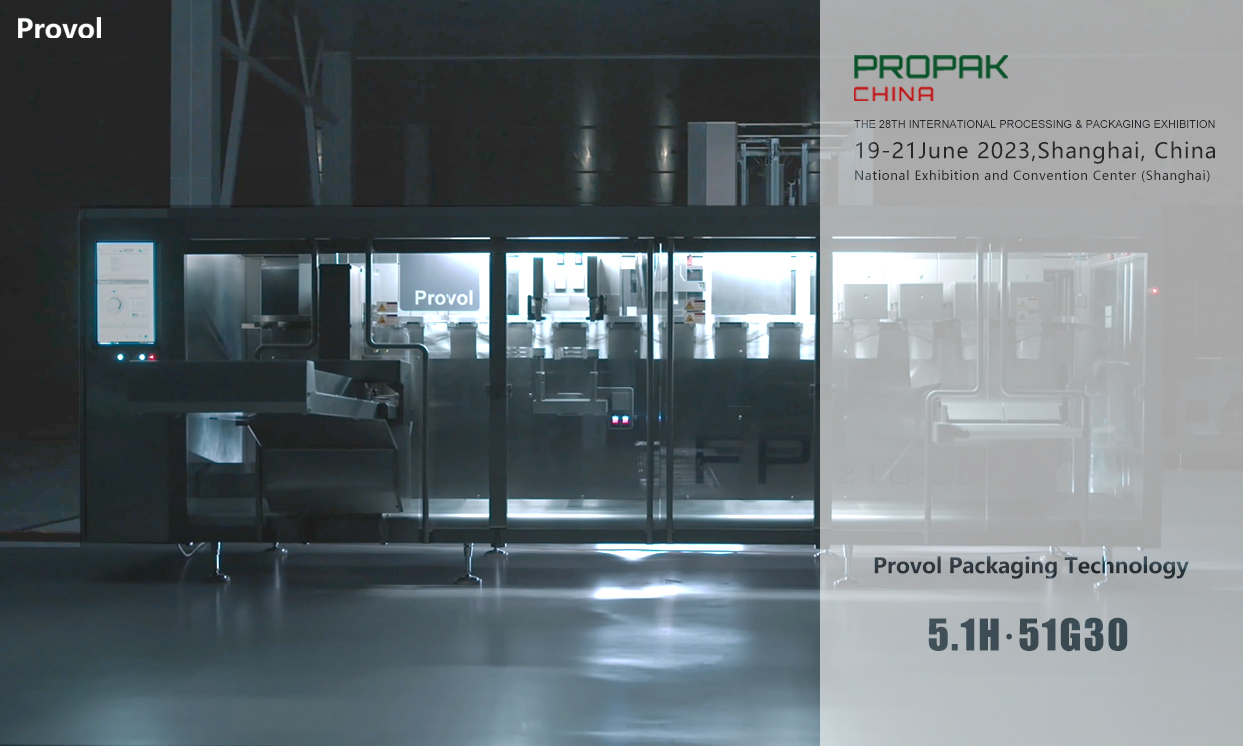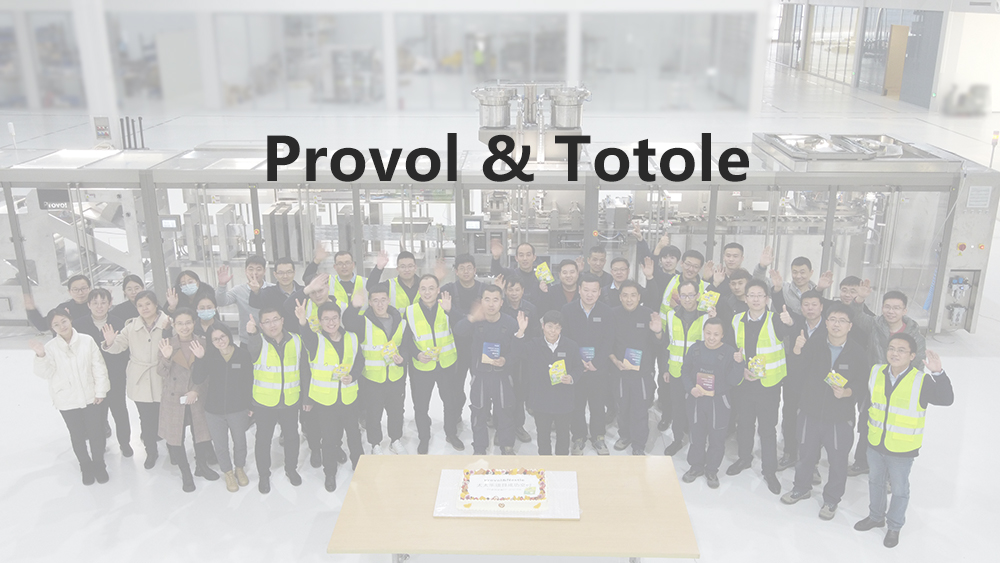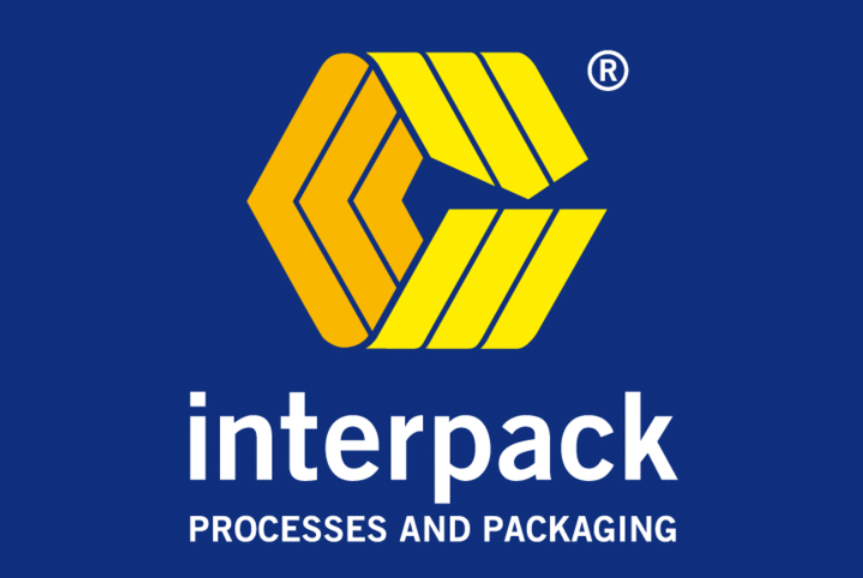Flexible Packaging Solution: Advantages and Trends

The concept of sustainability is driving the packaging industry to accelerate the search for alternatives to traditional packaging materials and formats. Among various environmentally friendly packaging options, flexible packaging, also known as "soft packaging," has become the fastest-growing type. Combining the strengths of materials such as plastic, film, paper, and aluminum foil, flexible packaging offers lightweight portability, excellent resistance to external forces, and sustainability, making it a favored packaging format for consumers and brands.

In recent years, flexible packaging has gained considerable popularity worldwide compared to rigid packaging, with a promising future in the packaging industry. Small pouch packaging (stand-up pouches) has increasingly garnered attention due to its outstanding flexibility, portability, resealability, lightweight nature, and environmental advantages. According to the Packaging Machinery Manufacturers Institute's (PMMI) 2019 assessment of flexible packaging sales, global flexible packaging accounted for 19% of the overall packaging market, and it is projected to grow at a compound annual growth rate of 3.9% by 2023. PMMI's assessment also indicates that the convenience of flexible packaging, its high barrier properties, and the growing consumer base for fast-moving consumer goods contribute to the rapid expansion of the flexible packaging market.
1. Convenience and Portability
One of the main factors driving the popularity of flexible packaging is its convenience. According to the Flexible Packaging Association (FPA) report, consumers value flexible packaging for its easy storage, easy opening, and resealable features.
2. Extended Shelf Life
Flexible packaging protects highly perishable products such as dried meats and dairy beverages from oxygen and moisture by utilizing high barrier films and hermetic seals. This extends the freshness of products and reduces the presence of food waste in landfills. The resealable technology of flexible packaging also ensures the preservation of food freshness during multiple consumption occasions.
3. Transportation and Storage
The lightweight nature of flexible packaging reduces the demand for transportation vehicles and storage space compared to rigid packaging. The storage space inside and outside the shelves is another reason why brands are shifting towards flexible packaging. Unused flexible packaging takes up much less space in warehouse facilities compared to glass jars, tin cans, or boxes. Moreover, filled stand-up pouches occupy less space on valuable shelves.
4. Design Capabilities
The multilayer structure of flexible packaging, composed of sealing layers, mechanical layers, barrier layers, adhesive layers, and visual layers (up to 11 layers), allows for high-quality graphics and aesthetics in design. Brands looking to enhance their brand image can unleash their creativity on the "canvas" of flexible packaging. The impressive design capabilities of flexible packaging, especially when produced using digital printing technology on premium films, enable brands to easily meet and exceed their initial imaging goals, attracting more consumer attention and standing out in crowded markets.
5. Environmental Friendliness
When it comes to the environmental performance valued by consumers, a set of data can illustrate it intuitively. In general, paper boxes are considered environmentally friendly packaging materials. However, when comparing flexible packaging with composite paper boxes, flexible packaging has clear advantages in terms of fuel consumption, greenhouse gas emissions, water consumption, product-to-packaging ratio, and landfill waste. On average, manufacturing the same quantity of flexible packaging consumes 87% less coal, 74% less natural gas, and 64% less crude oil compared to PET bottles, aluminum cans, and glass bottles. It is truly an energy




